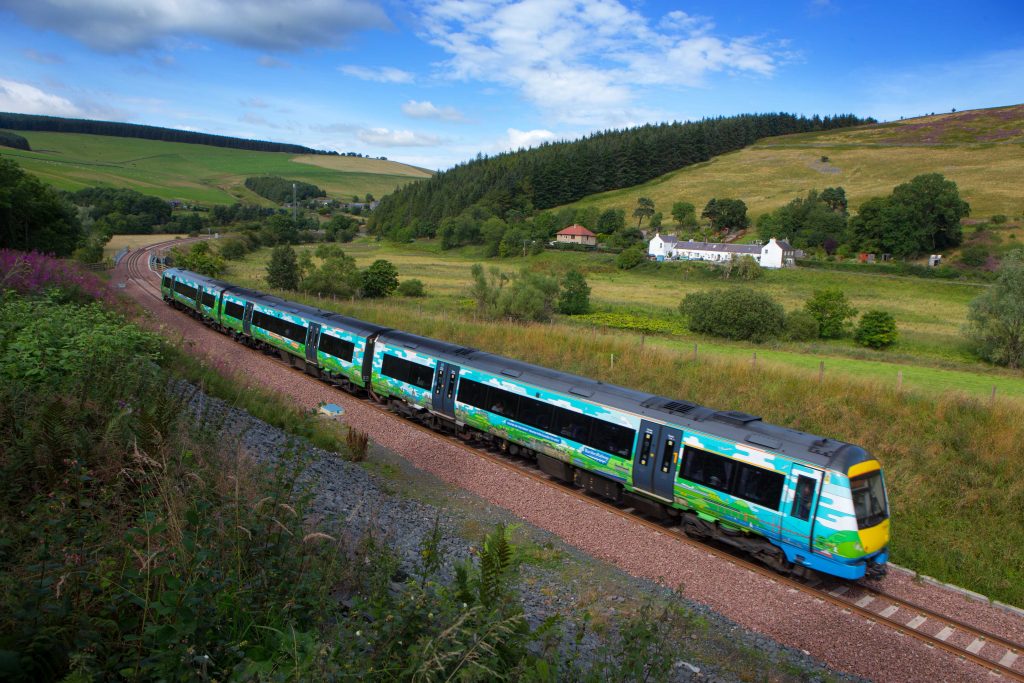A new independent study published this week has highlighted the positive impact Borders Railway has made on the community it serves, attracting people to live, work and visit the route. Humza Yousaf, Minister for Transport says the findings demonstrate a “sustained, positive and measurable impact” the Edinburgh to Tweedbank line has made since it opened in 2015.
The £294m Borders Railway scheme re-established passenger rail links along the route for the first time in over 40 years. The programme of works included 30 miles of new railway, seven new stations, upgrade of supporting infrastructure and refurbishment of 95 existing bridges.
Freyssinet supplied 107 bridge bearings for the project, which included 52 elastomeric bearings, 46 mechanical pot bearings and 9 guide, pin or rocker.
Freyssinet group company Reinforced Earth Company (RECo) designed and supplied Reinforced Earth precast panel walls to 26 structures, including Hardengreen Viaduct, the largest structure on the line. The approach embankments were built using Terraquad, a Reinforced Earth system of precast concrete facing panels tied together with galvanized steel reinforcing straps.
The study was commissioned by Transport Scotland and the Borders Railway Blueprint Group, and carried out by Peter Brett Associates. Key findings included:
- The railway was a major factor in people’s residential choices. 58% of those surveyed who had recently moved house referenced the new line as having an influence on their decision to move.
- Of those who had changed workplace, 52% reported that the presence of the line had an impact on them moving job.
- Commuting is the most common journey purpose when travelling on the Borders Railway, accounting for 54% of annual single trips.
- 71% of tourists said that the Borders Railway had been a factor in their decision to make their current trip.
Humza Yousaf, Minister for Transport commented: “The report is welcome evidence that Borders Railway continues to grow both in popularity and benefits to the local economy, not least with the increase in passengers numbers in the second year of service. It shows the railway is meeting its objectives by acting as a catalyst for investment while also enabling people to take up new opportunities.”

